I've spent hours flying the DJI Mavic 3 Pro – and now I can’t go back to a two-camera drone
Three is the magic number
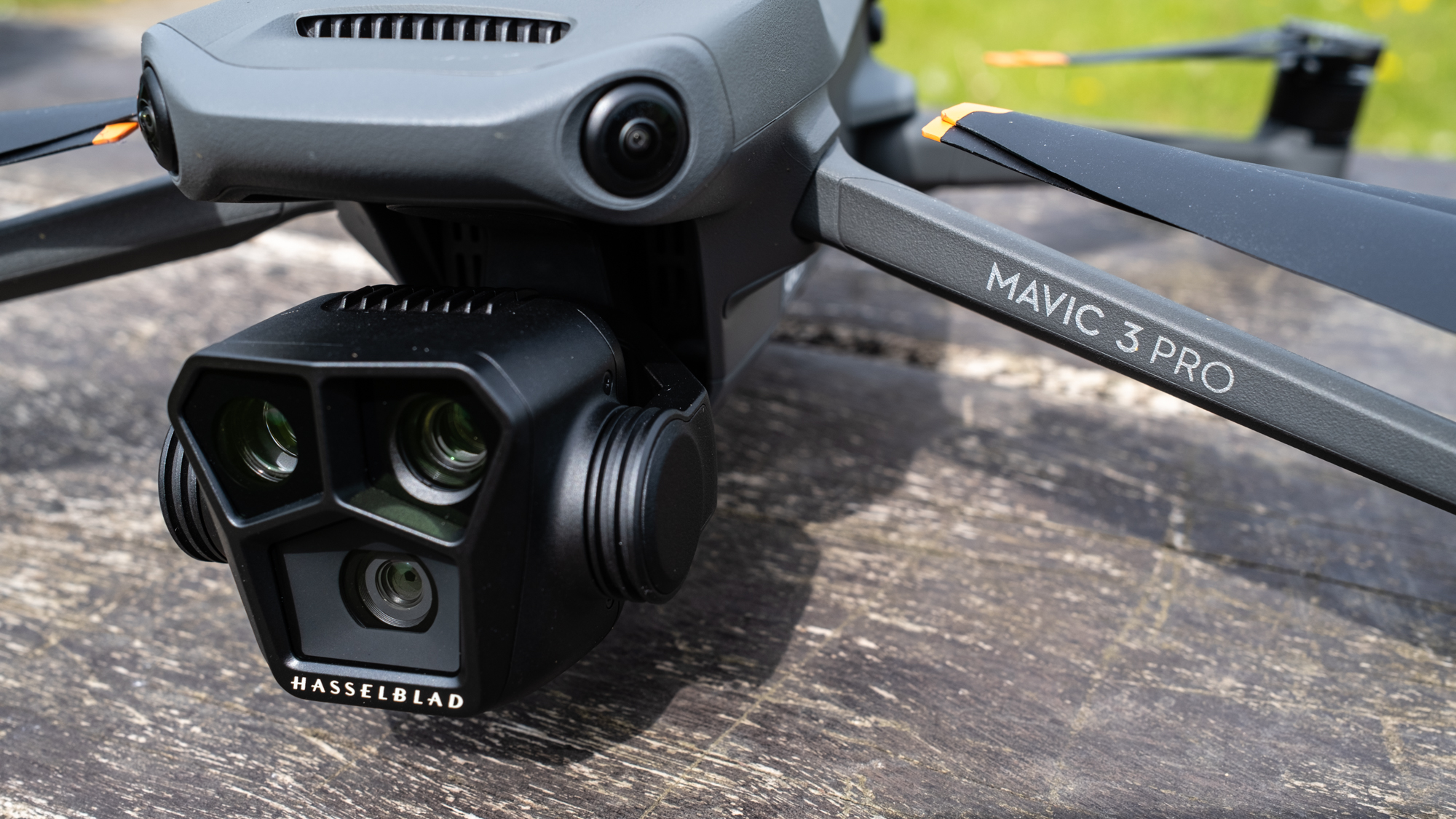
Just when you thought the Mavic 3 line-up couldn’t get any better, DJI has once again taken its technology way beyond what we could have hoped for, with the release of the world’s first consumer drone with three cameras – the Mavic 3 Pro – that has the potential to be one of the best drones ever made.
Three cameras is an exciting proposition for many drone pilots, but only if they provide a level of functionality that makes them useful tools rather than headline features that ultimately fail to deliver. Adding a third camera has the potential to adversely impact the functionality of a drone, too.
I for one was sceptical when I first heard the rumors about the Mavic 3 Pro having three cameras. This was simply because the original Mavic 3 models have dual cameras; the 20MP Four Thirds main camera with a 24mm equivalent focal length and an adjustable f/2.8-f/11 aperture, which is fantastic, but the 162mm equivalent telephoto camera was painfully underwhelming.
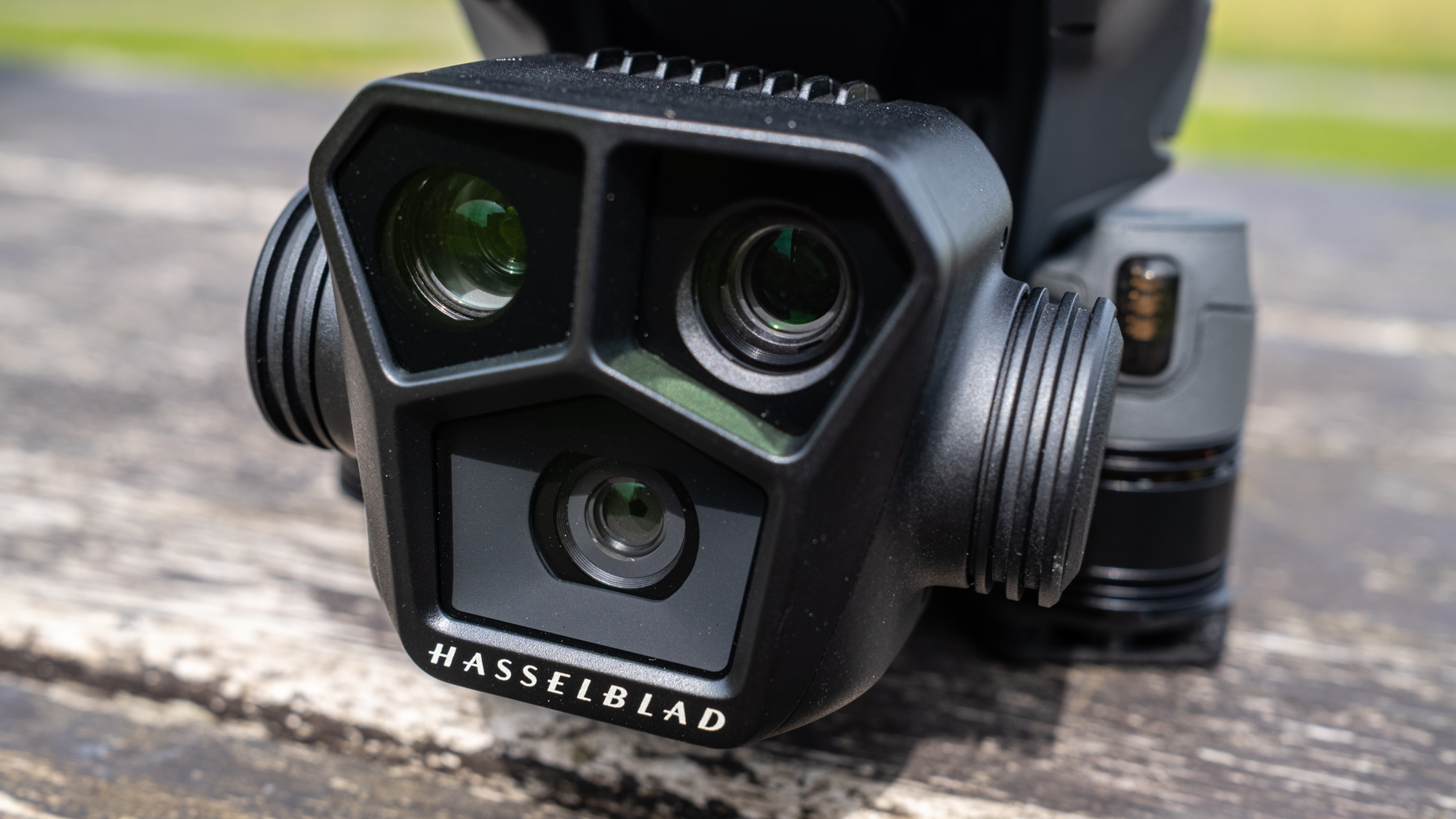
The telephoto camera was much more limited than the main camera – with Auto only exposure for both photos (JPEG only) and video (Normal color profile in 4K at 30fps) – and was only really any good for snapshots. Functionality was subsequently improved with firmware updates to provide more control and features, but with a 162mm equivalent focal length and fixed f/4.4 aperture, while it did become more useful as a result of additional functionality, it unfortunately remained limited in scope because a 162mm camera on a drone has far fewer use cases than shorter focal lengths - it’s quite niche.
Two’s company, three’s a crowd?
I’m pleased to say that I’ve been blown away by what DJI has managed to achieve with the drone’s three cameras. The two additional telephoto cameras are, I can safely say, much more functional and useful than the telephoto on the Mavic 3 / Mavic 3 Cine.


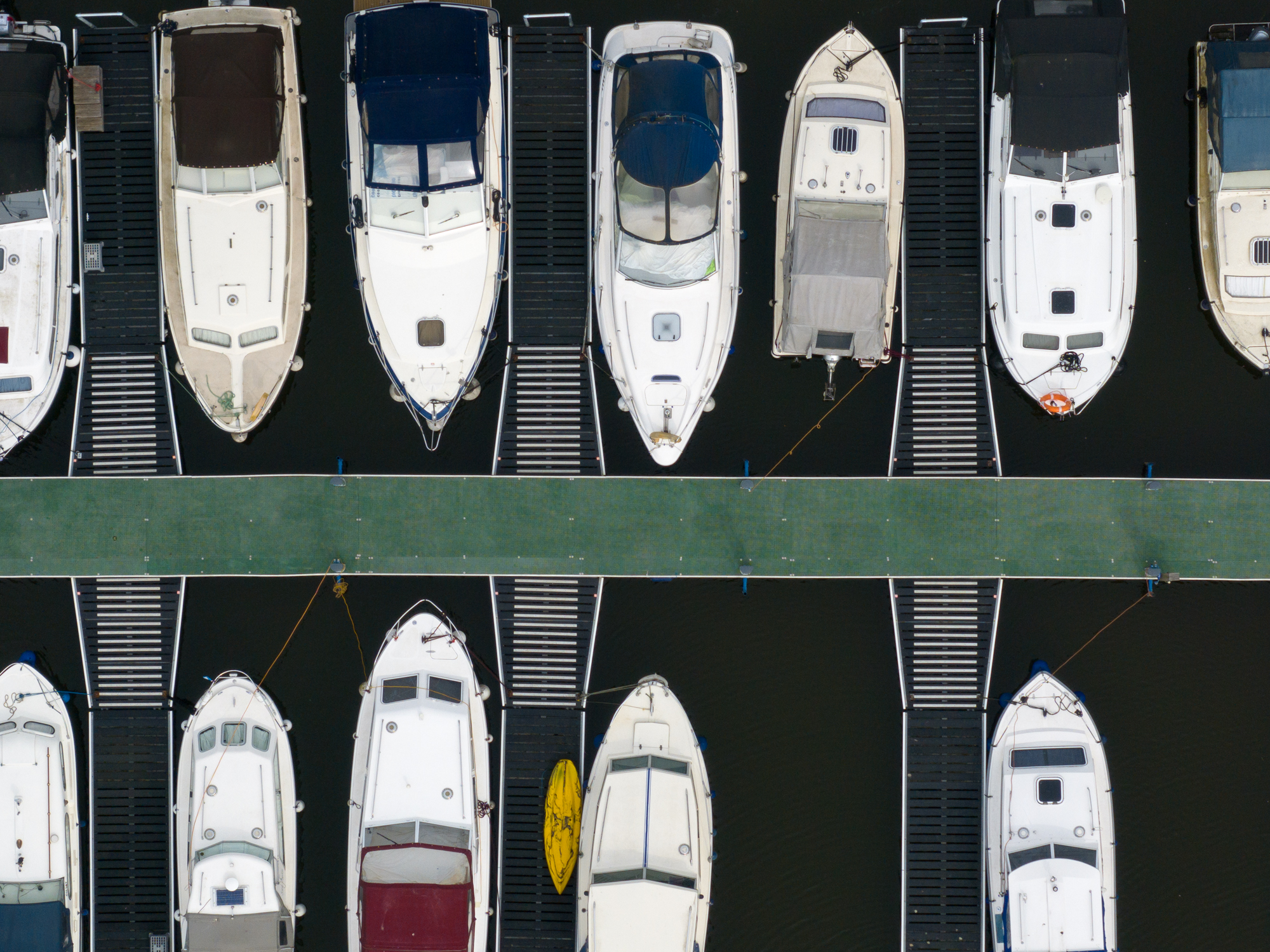
The main camera remains the powerhouse of the trio with the best image quality and the most controls and features, but the other two telephoto cameras provide a useful, yet sliding scale of these features with the 166mm telephoto camera being the more modest of the three. That said, it’s still extremely useable and despite not offering the new D-Log M color profile like the other two cameras, which will hopefully be addressed in a future firmware update, all three do offer Apple ProRes 422 HQ / 422 / 422 LT, so a consistent professional workflow can be maintained.
| Camera | 24mm 4/3 Hasselblad | 70mm 1/1.3inch Medium Telephoto | 166mm 1/2-inch Telephoto |
| Resolution | 20MP | 12MP / 48MP | 12MP |
| Aperture | f/2.8-f/11 | f/2.8 | f/3.4 |
| Focus | 1m to infinity | 3m to infinity | 3m to infinity |
| Photos | Raw & JPEG | Raw & JPEG | Raw & JPEG |
| Video Resolution & framerate | 5.1K up to 50fps DCI 4K up to 50fps 4K up to 120fps FHD up to 200fps | 4K up to 60fps FHD up to 60fps | 4K up to 60fps FHD up to 60fps |
| Video formats | Normal D-Log HLG D-Log M Apple ProRes 422 HQ Apple ProRes 422 Apple ProRes 422 LT H.264/H.265 | Normal HLG D-Log M Apple ProRes 422 HQ Apple ProRes 422 Apple ProRes 422 LT H.264/H.265 | Normal Apple ProRes 422 HQ Apple ProRes 422 Apple ProRes 422 LT H.264/H.265 |
As you can see in the table of camera features above, the main Hasselblad camera is by far the most capable and useful in terms of its focal length, adjustable aperture and video specs. However, the 70mm medium telephoto and the 166mm telephoto still boast some impressive credentials. This also includes manual control for both photography and video, as well as photo shooting modes including Single Shot, AEB, Burst Shooting and Timed. The 70mm is clearly the best of the two and that’s down to more than just video specs.
Sign up for breaking news, reviews, opinion, top tech deals, and more.
The magnificent middle
Most people you talk to about the DJI Mavic Mini 3 and Mini 3 Pro only have positive things to say about them. They are, without a shadow of a doubt, the best sub-250 g drones currently available. Both drones share the same camera and sensor and provide excellent image quality for such a small drone. And it’s this very same sensor that can be found in the medium 70mm telephoto camera, which can also shoot photos in 12MP and 48MP like the Mini 3 Pro models.
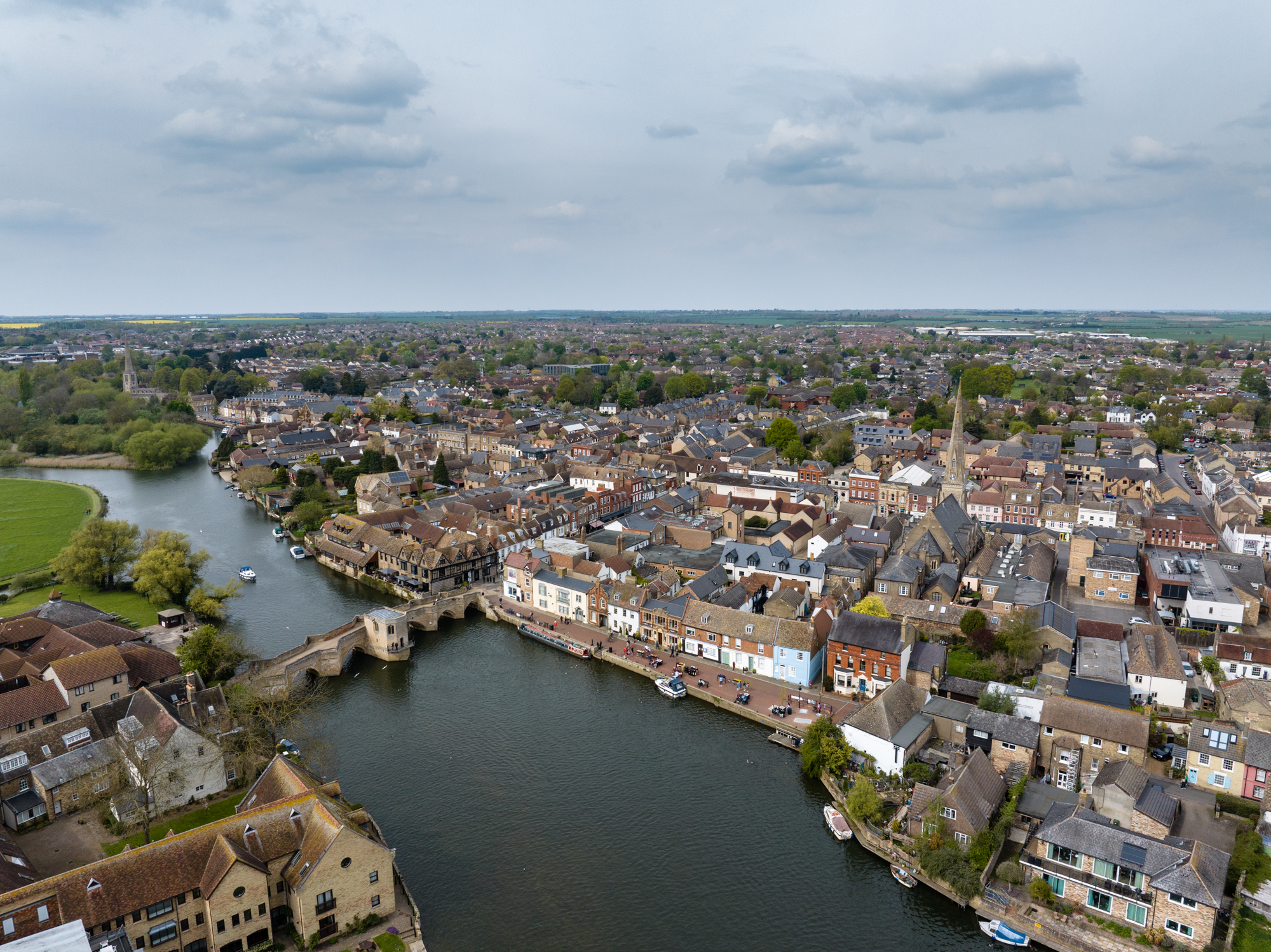


The optical design of the lens is different to provide a longer focal length, which in turn has reduced the aperture from f/1.7 to f/2.8, but that’s not an issue because it’s typical for longer focal length lenses to have narrower maximum apertures due to constraints in the optical construction of lenses; maintaining the f/1.7 aperture would require a much larger 70mm camera and would have created unnecessary additional design challenges. It’s a great camera, and with the level of video formats and frame rates available, combined with an incredibly useful focal length, this is most likely going to be the second most used camera of the three available.
Telephoto cameras are highly useful for drones – especially of the Mavic 3 Pro’s weight – helping you capture details and distant subjects like people and animals from a safe and legal distance, adhering to local aviation laws and regulations.

Weighty issue?
The Mavic 3 Pro has received a C2 classification in the UK and mainland Europe due to its weight of 33.79 oz / 958 g for the 3 Pro (and 33.96 oz / 963 g for the 3 Pro Cine). It only just tips the scales into this rating, which includes drones weighing up to 8.81 lbs / 4 kg, but it does mean that pilots in these regions will have to stay 50m away from uninvolved people and at least 150m away from built-up areas unless the pilot has drone qualifications that can reduce this distance.
It’s a completely different story in other parts of the world including the United States, Australasia and Asia where aviation laws are different, but it’s always worth checking regulations where you live. Irrespective of this small hiccup for Europeans, the Mavic 3 Pro is undoubtedly the best consumer/prosumer drone ever made.
It may not be as small, portable and regulator friendly as the Mavic Mini 3 Pro that’s the sub-250 g drone of choice for professional videographers, but it’s much more versatile, significantly more powerful and offers many more impressive features overall.
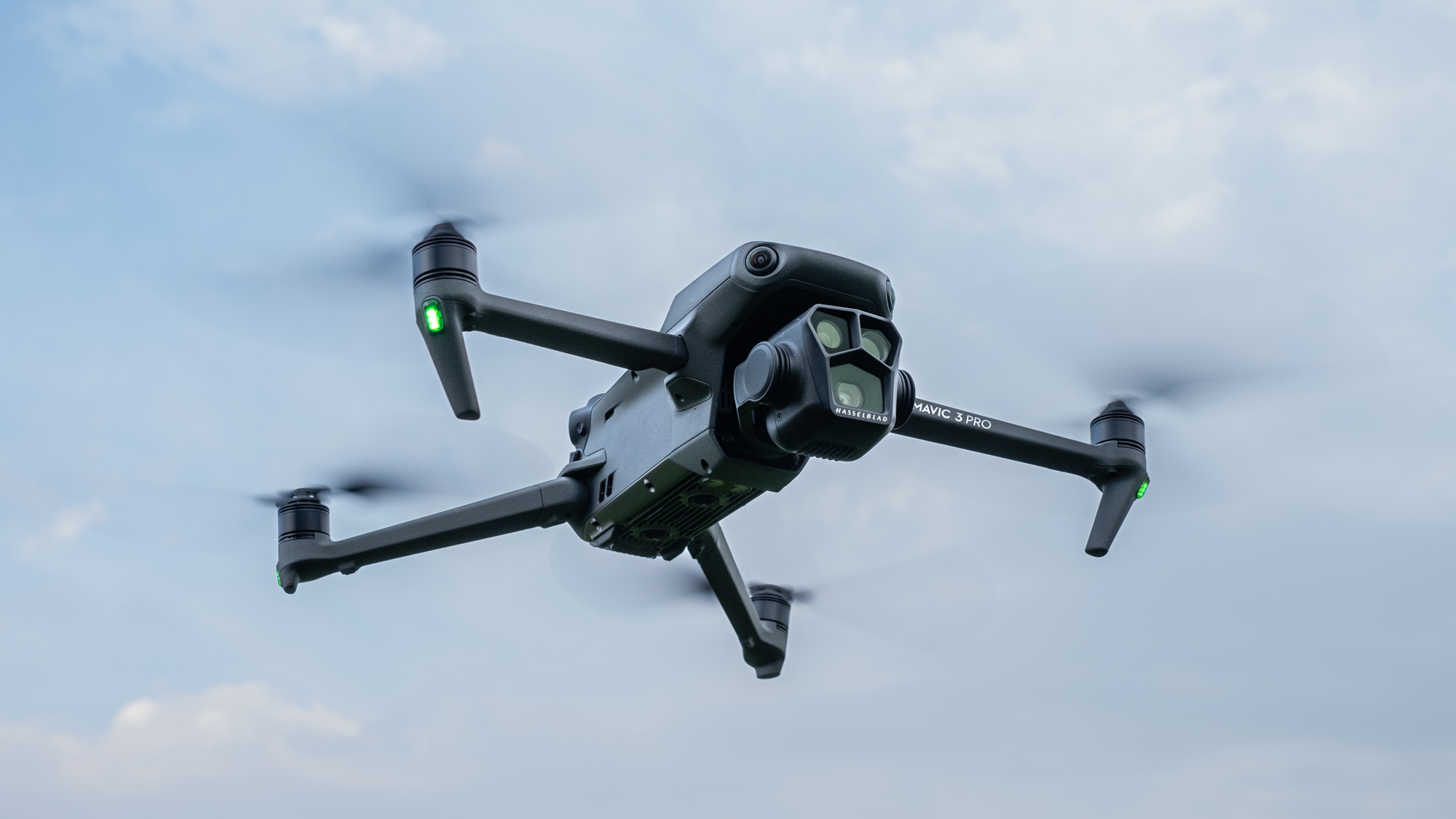
My verdict: the best consumer drone ever
For me, the 24mm main camera is what I’d use 90% of the time. But to have an excellent 70mm camera as a capable backup for times when subject distance is required will be extremely useful. The 166mm camera is the least useful of the trio simply because it’s such a long focal length for a drone, but it could still be helpful when extreme subject distance is required for both safety and creative reasons.
The main downside of the Mavic 3 Pro is that it falls into the C2 category in the UK and mainland Europe, which means it has to be flown 50m away from uninvolved people and 150m away from built-up areas, when the slightly lighter Mavic 3 and Mavic 3 Classic are C1 rated drones and are less restricted as a result. These distances were the norm when I bought my first drone - a DJI Mavic 2 Pro, and it never caused me any problems so for most people it probably wont be an issue. If you’d like to reduce these distances while remaining on the right side of the law, an A2 CofC qualification will allow you to do so.
I now own a Mavic Mini 3 Pro, and it’s only the size and weight that beat the Mavic 3 Pro; so as I write this, I think I can hear my wallet quivering in fear as it senses an itch that can only be scratched in one way.

James Abbott is a professional photographer and freelance photography journalist. He contributes articles about photography, cameras and drones to a wide range of magazines and websites where he applies a wealth of experience to testing the latest photographic tech. James is also the author of ‘The Digital Darkroom: The Definitive Guide to Photo Editing’.